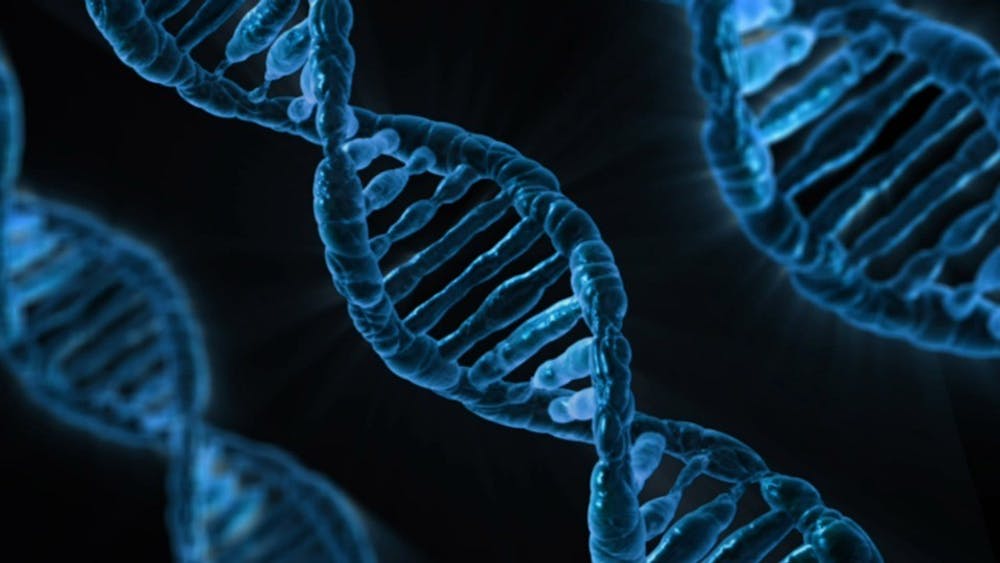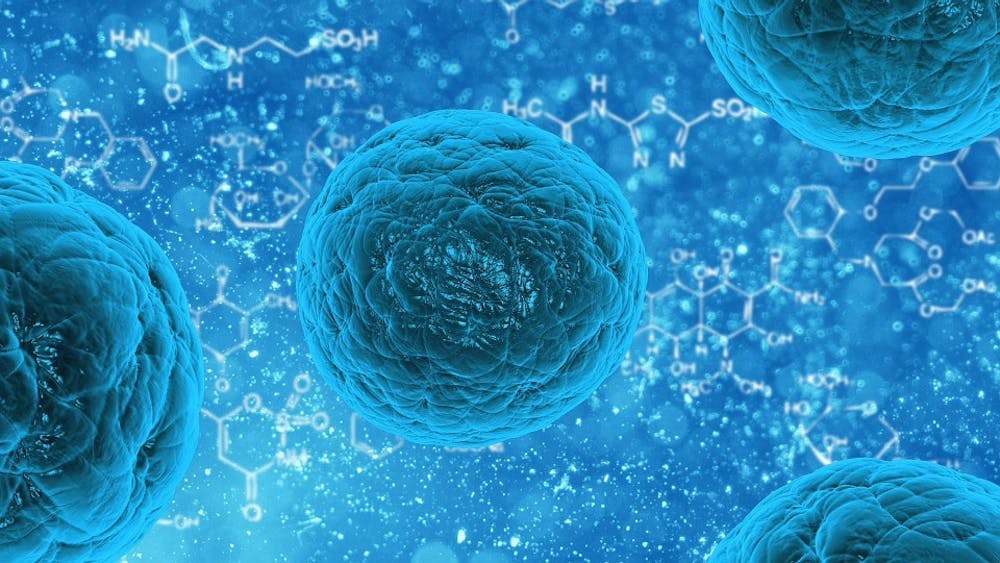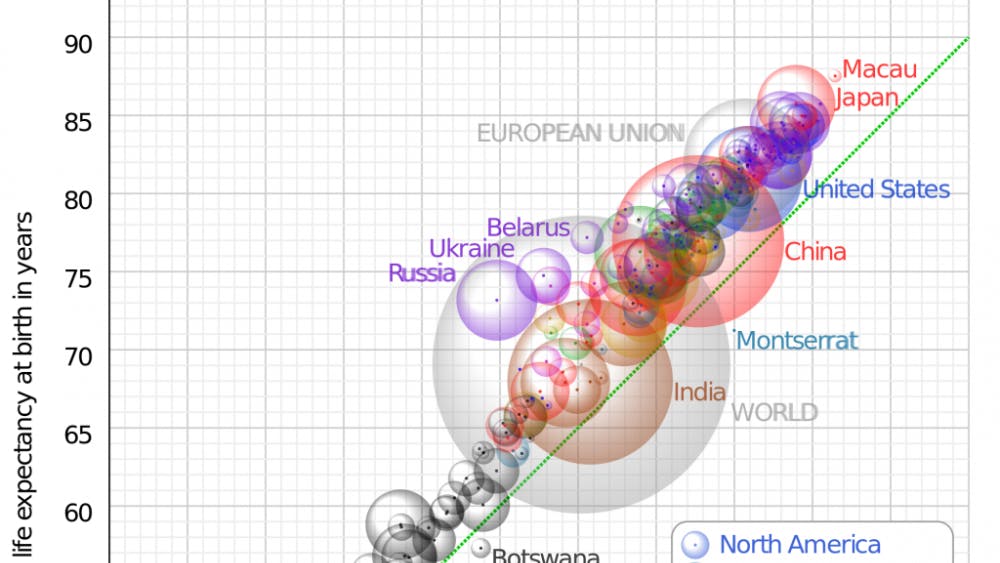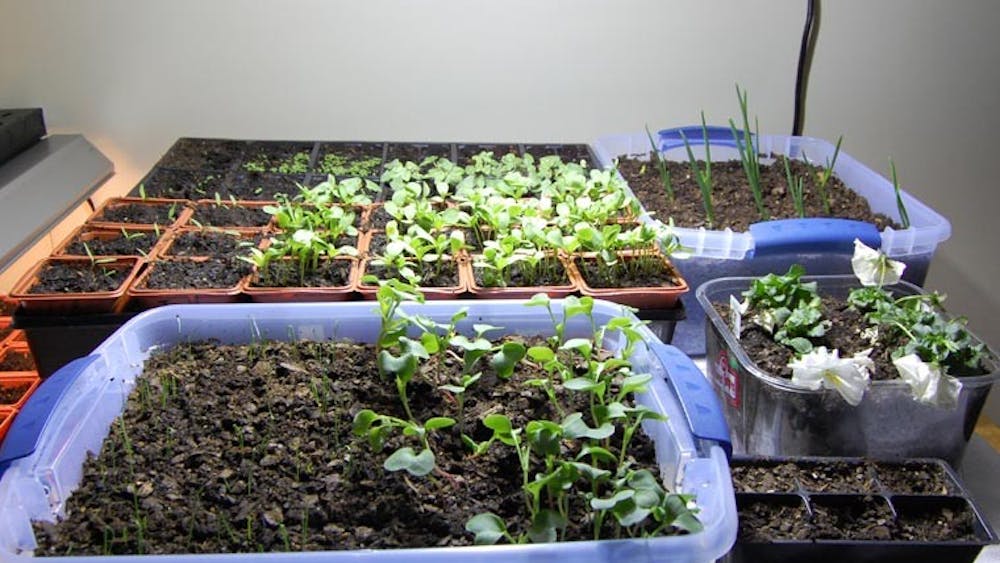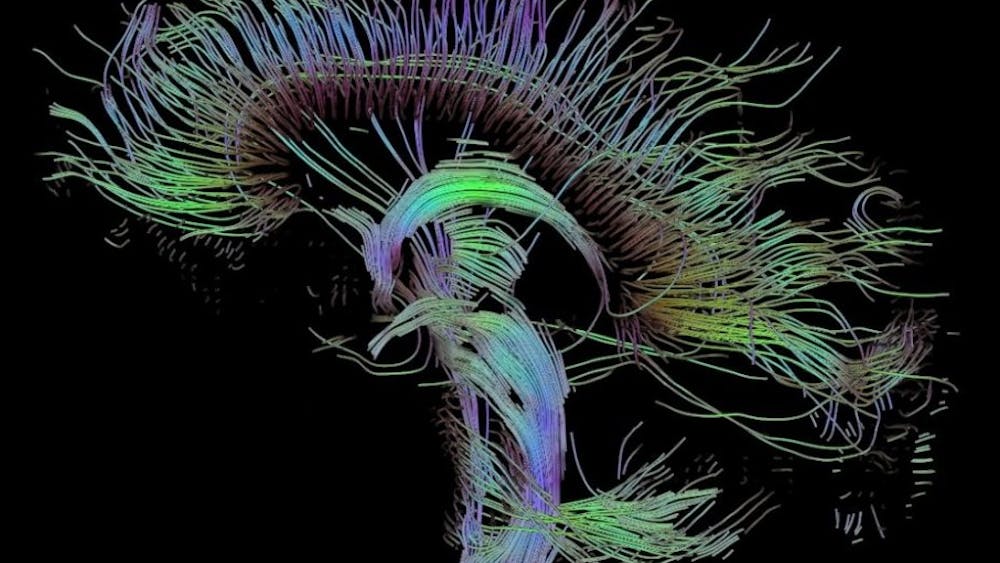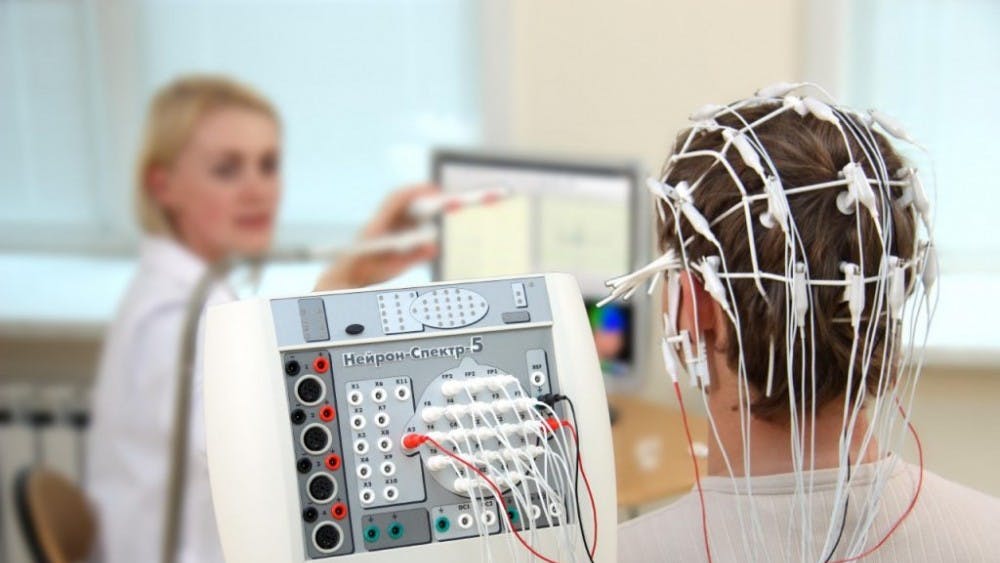UC San Diego team unearths sequence of M protein
By RAYYAN JOKHAI | September 15, 2016As of now, there is no current vaccine against the M protein, a surface protein of a bacteria cluster called Group A Streptococcus (group A strep). The M protein inhibits the body’s immunity toward this group of bacteria, enabling it to cause detrimental effects on humans. However, a group of researchers headed by Partho Ghosh, chair of University of California San Diego’s (UCSD) Department of Chemistry and Biochemistry, has recently been able to unearth unknown sequence patterns of the M protein.


